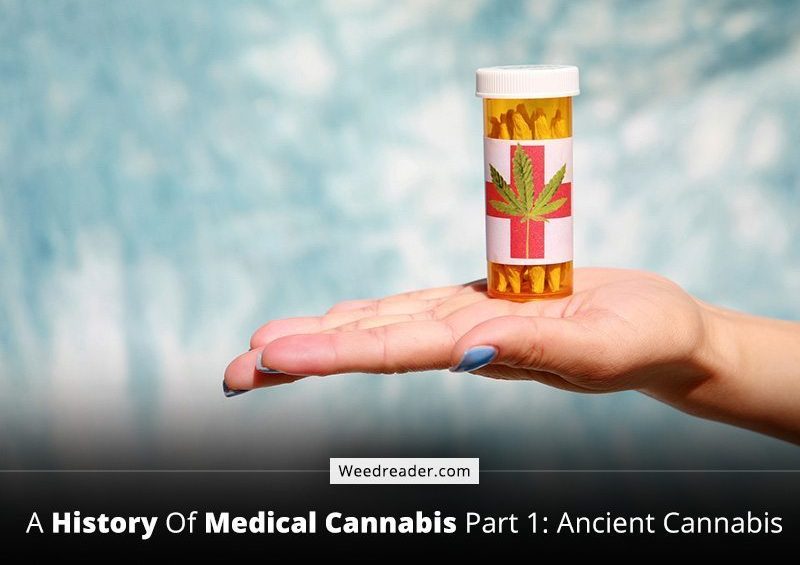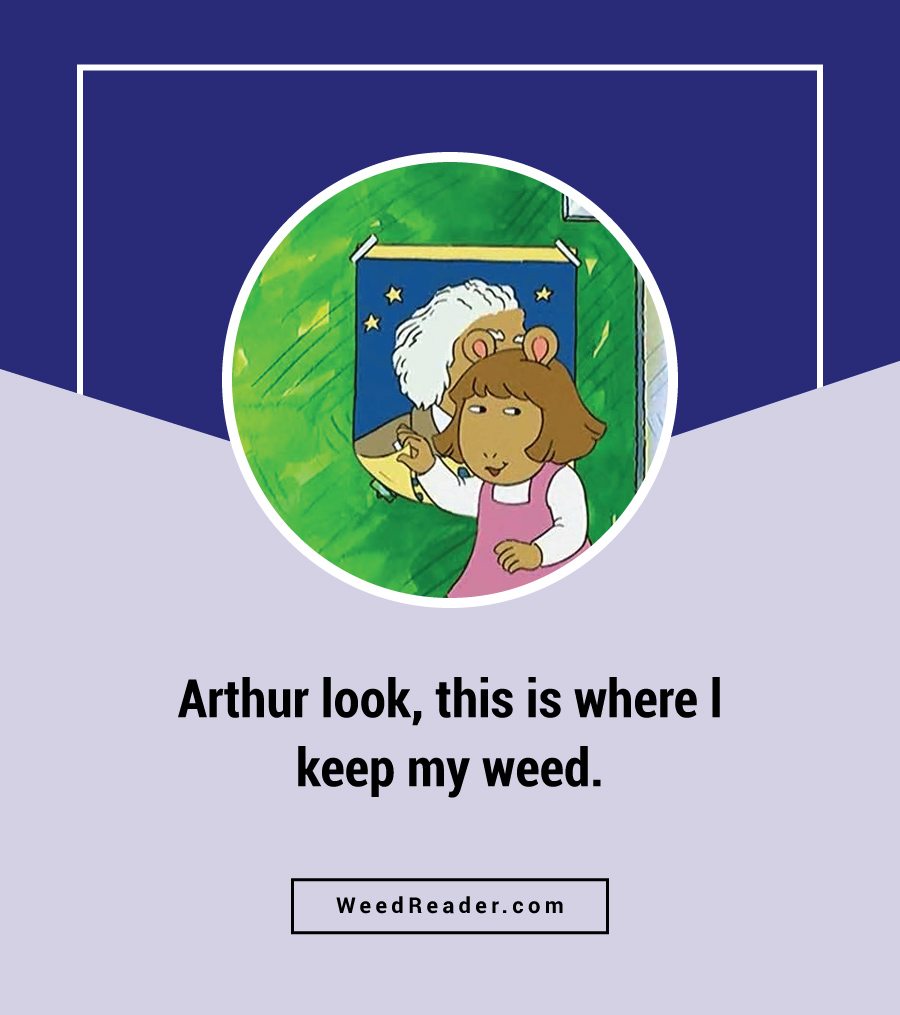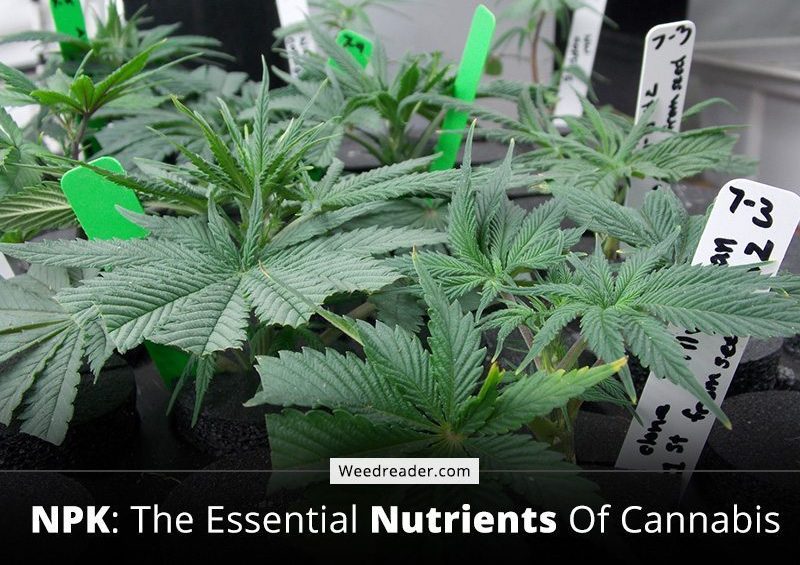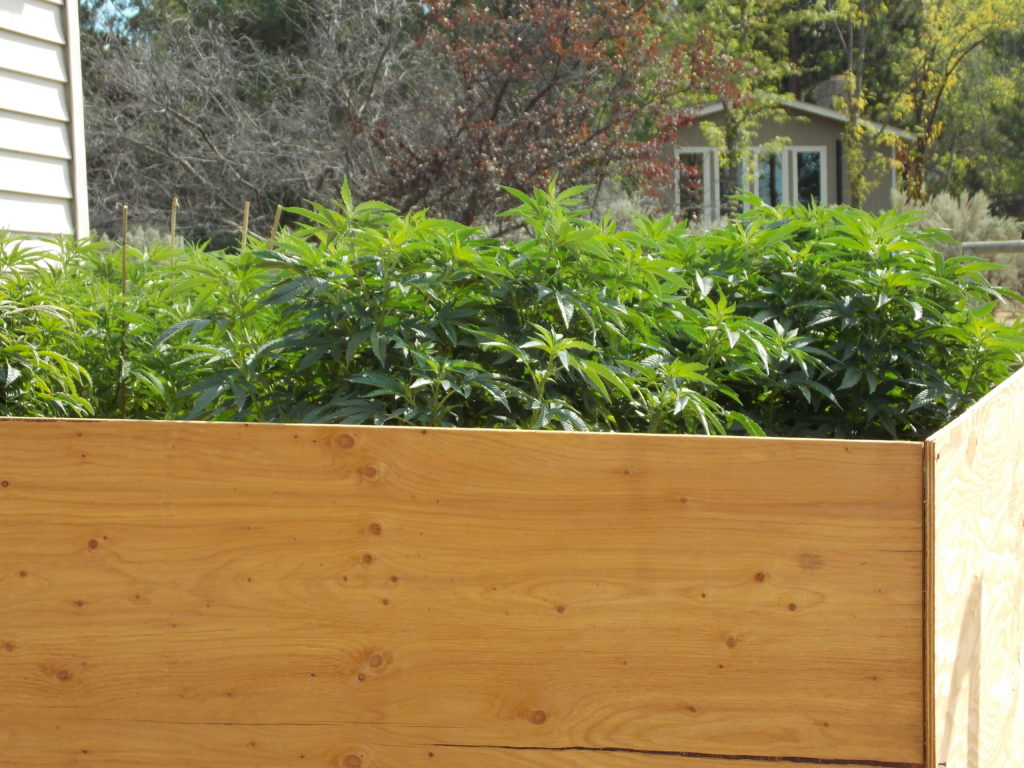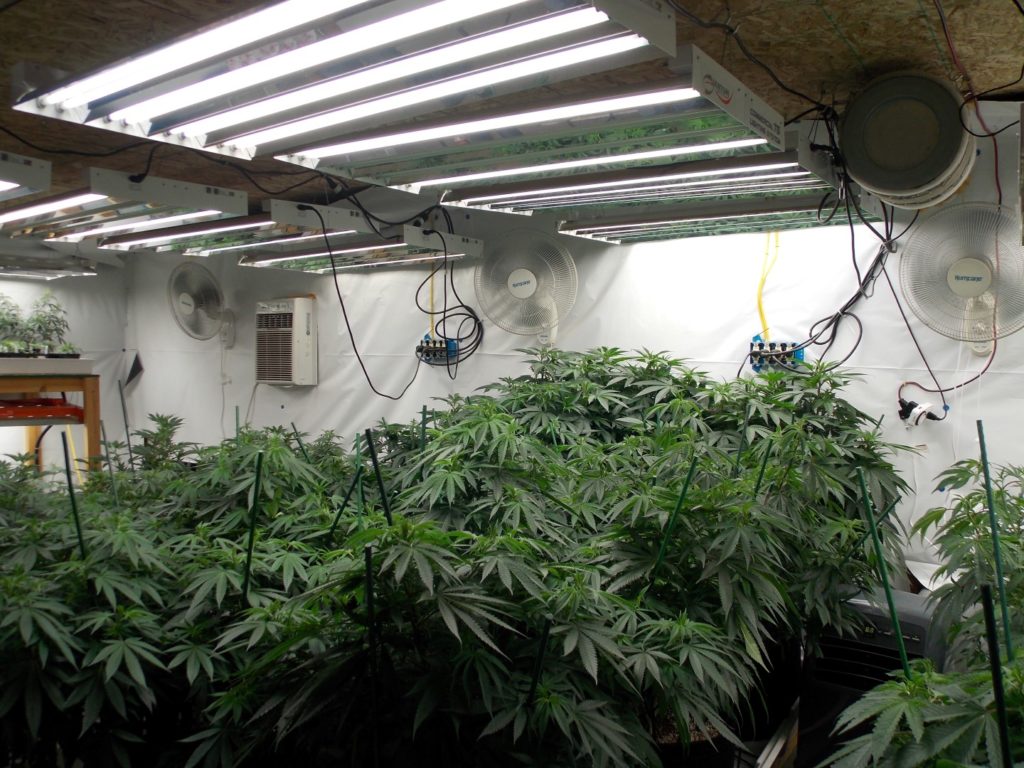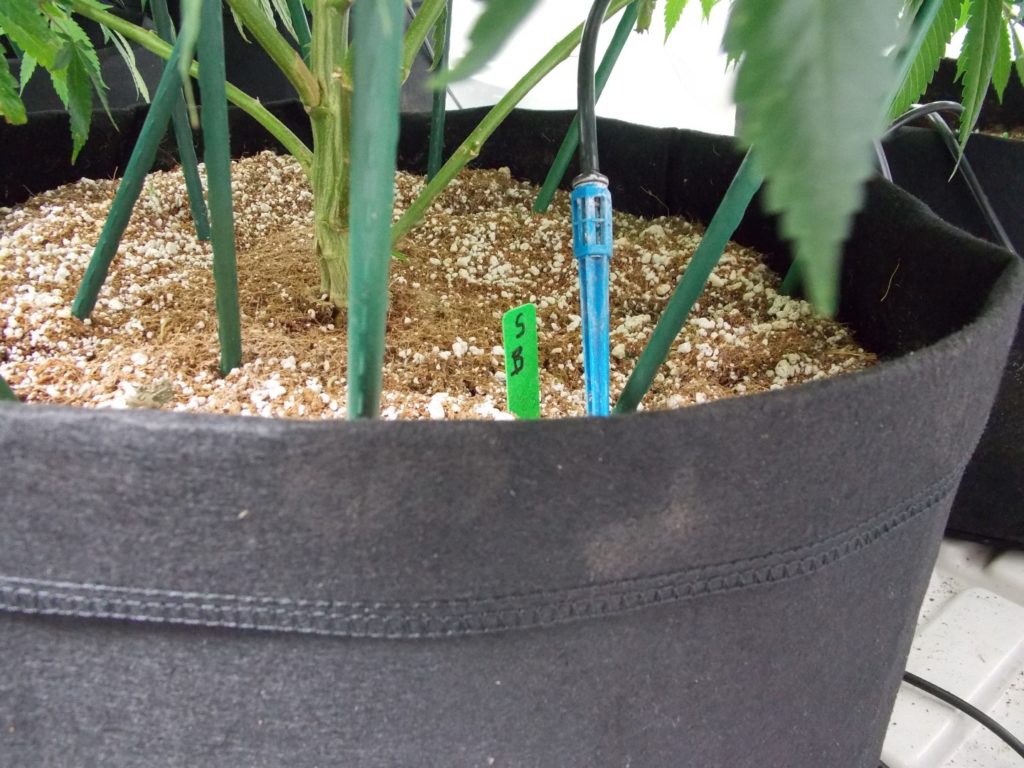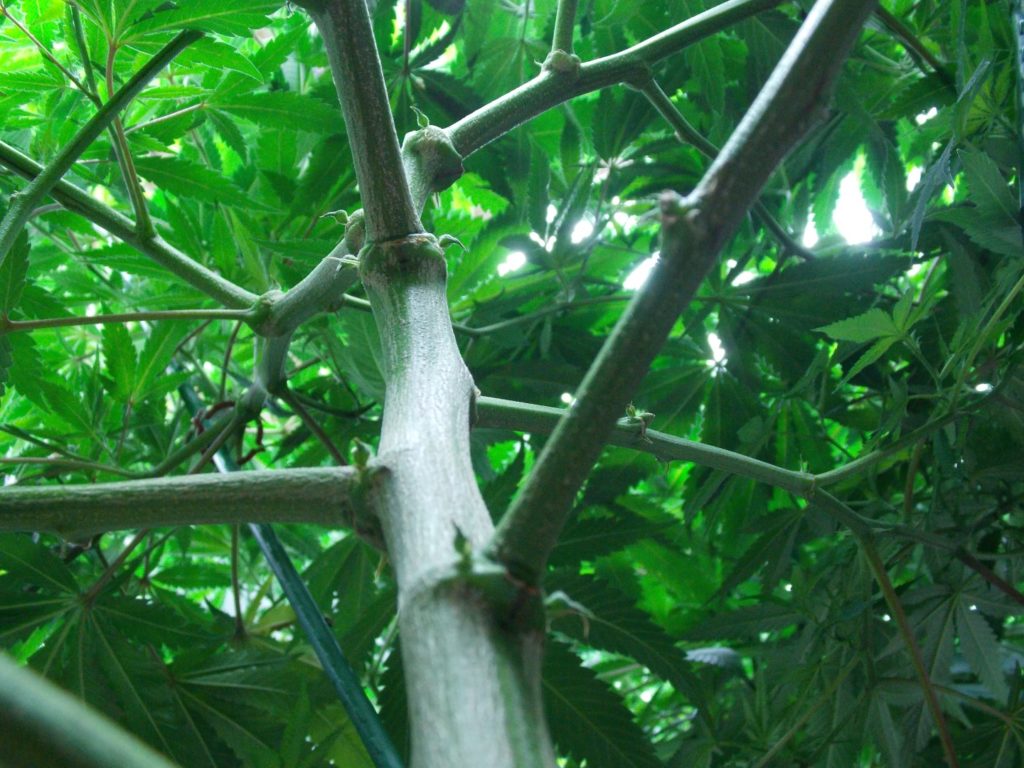Medical Cannabis is known by many names.
Whether you call it; ganja, weed, dope, grass, or the medical cannabis, it all means the same thing. Cannabis is one of the earliest plants known to be harvested by man. In fact, the oldest human artifact on record is an ancient sandal made from cannabis fibers known as hemp. The fibers of the cannabis plant were used in the oldest civilizations like Rome, Assyria, Egypt and China.
Some of the oldest known medicine was also made from cannabis. The earliest record of medical marijuana use was in 2900 BC by Chinese Emperor Fu. He and a majority of his citizens used the herb for medicinal purposes. From treating headaches and nausea to acting as an aphrodisiac, the ancient Chinese were pioneers in cannabis research.

Over the centuries, marijuana was used medicinally all over the world.
Many festivities and religious ceremonies involved cannabis as well. Cannabis was so important to ancient religious rites that it was an integral part of many rites including the process of anointing. Early Christians were well aware of how cannabis worked and used it in many of their most sacred rituals.
Christians inherited many of their religious practices directly from the Hebrews. The word Christ actually means ‘the anointed one’ and many scholars believe that Christ was anointed with chrism, a cannabis-based oil. The ancient recipe for this oil recorded in Exodus (30:22-23), included over 9 pounds of cannabis flower which the Hebrews called kaneh-bosem.
The Hebrews extracted the cannabis into about 11 pints of olive oil. This cannabis concoction was then mixed with a variety of other herbs and spices in very specific ways. The mixture was normally used in anointing and rituals that would allow the priests and prophets to commune with the divine.
Cannabis was used by more than just the ancient Chinese and Hebrews though.
India has a deep and long history with the plant. Ancient chefs created a drink known as bhang out of cannabis paste, milk and spices. Shiva is said to have loved the drink so much that he took the title “Lord of Bhang”. Bhang has remained a medical remedy/ preferred beverage in India for centuries and is prepared there to this day. Zoroaster is also said to have listed cannabis as the most important of 10,000 medicinal plants.
The Indian Hemp Drugs Commission described the history and culture of cannabis in India: “To the Hindu the hemp plant is holy. A guardian lives in the bhang leaf… To see in a dream the leaves, plant, or water of bhang is lucky… No good thing can come to the man who treads underfoot the holy bhang leaf. A longing for bhang foretells happiness.”
Cannabis has been popular in India since the beginning of recorded history and is often drank. Nuts and spices like; almonds, pistachios, poppy seeds, pepper, ginger and sugar are mixed with cannabis and boiled in milk. Yogurt can also be used instead of milk. While popular in the east, bhang has never caught on with western pallets the same way.

Romans used Medical Cannabis as well.
The Greek physician Pedanius Dioscorides from around 40-90AD was a Roman army doctor who traveled widely on campaigns throughout the Roman empire. He studied many plants, gathering his knowledge and assembling it into a book he titled De Materia Medica (On Medical Matters).
Published around 70AD, De Materia Medica became the most important medical text for the next 1500 years. Virtually all medical texts were based off of this single work. Within its pages were contained the most important and useful plants known to mad. Included in the tome was cannabis, both kannabis emeros and kannabis agria, the male and female respectively. Dioscorides stated bluntly that the plant used in the making of rope also produced a juice that treated earache and suppress sexual longing.
Even the Egyptians were into medical cannabis.
In the ancient world, Egypt was a center of trade and information. Their position at the mouth of the Nile provided a base of strength for millennia. Part of that strength was advanced medical techniques that were passed down through the use of writing. Ancient Egyptian doctors and pharmacologists would use papyrus to record their work.
One of the oldest texts to survive to modernity is the 2nd century Fayyum Medical Papyrus. This ancient Egyptian text is believed to contain the earliest record of cannabis as an ingredient in cancer medicine. While they didn’t record enough for us to assess the successes of ancient Egyptian cancer treatments, cannabis continues to receive interest as a cancer therapy today.
Cannabis pollen was even found on the mummy of Ramesses II. He was a powerful Pharaoh who died in 1213 BC. It is unclear how the cannabis was used but prescriptions for cannabis in Ancient Egypt also included treatment for the eyes (glaucoma), inflammation, cooling the uterus, as well as administering enemas.

Cannabis is actually new to the Americas.
By the late 1700s, American medical journals began recommending hemp seeds and roots for the treatment of inflamed skin, incontinence and venereal disease. But it was Irish doctor William O’Shaughnessy who first popularized marijuana’s medical use in England and America.
O’Shaughnessy was a physician with the British East India Company during the years leading up to the American Revolution. He found marijuana eased the pain of rheumatism and was helpful against discomfort and nausea. Patients were prescribed cannabis most for cases of rabies, cholera and tetanus. Truly, Dr. O’shaughnessy was an integral part of the rise of medical cannabis in Europe and the Americas.
In the age of scientific innovation, cannabis was in medical texts.
In 1621, medical marijuana made its way into the English Mental Health Book, the most popular medicinal textbook from the time. Of all the things it could have suggested, it recommends marijuana to treat depression, the same as modern scientific research has shown.
Early Settlers had cannabis but mainly used it for fiber. The Jamestown settlers brought the marijuana plant specialized to produce fiber commonly known as hemp, to North America in 1611.
Throughout the colonial period, hemp fiber was an important export. By 1762, cannabis cultivation can become so common that Virginia awarded bounties for hemp culture and manufacture along with imposing penalties on those who did not produce it.

It wasn’t until the 1900’s that cannabis lost its medical, economic and spiritual prominence.
With the invention of television and the consolidation of media during the 1900s, cannabis moved from medical staple to outcast with surprising speed. Due to the efforts of Larry Anslinger and his associates, medical cannabis was stripped from medical texts and scientists were effectively banned from studying it.
Top image: Bigstock

